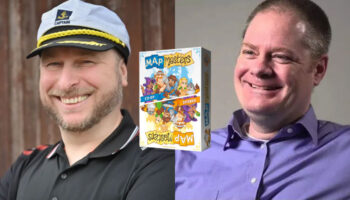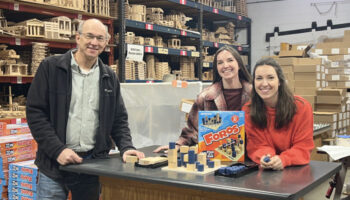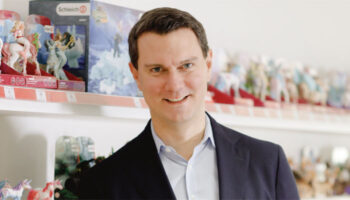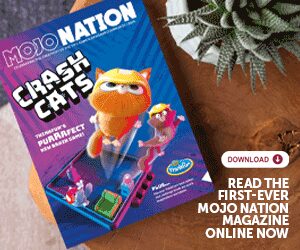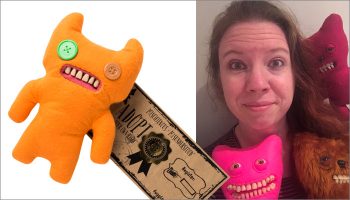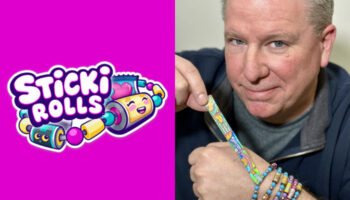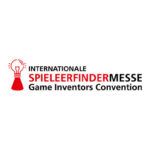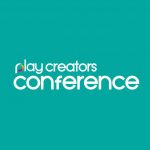“You have to be open to the challenge of the feedback”: Danny Kishon on helping inventors place their concepts

Danny, it’s always great to catch up. Back at London Toy Fair, I played John Adams’ The Magic Rabbit Hat Game – and it was one of yours. How did this come about?
I’ve worked with the two inventors involved with it – Gil Druckman and Danny Hershkovitz – on several projects before. I was visiting Israel where they’re based and they were showing me some of the things they’d taken around the previous Toy Fair and hadn’t placed.
I really liked the magnetic mechanism in this game, but the gameplay didn’t quite work for me. You were engaging with the gimmick far too little. Magic is a hobby of mine and the whole thing reminded me of the cups and balls trick; shifting things around… So I thought about how we could take the mechanism and make it into something to do with magic.
And the game itself sees players trying to keep tabs on which hat the rabbit is in… But the hats keep moving around.
Exactly! It’s a race game, so if you guess wrong, you end up going back three spaces. And it’s very easy to get distracted because you’re rolling dice, so it’s not as simple as it looks to keep track of the hats!

And I imagine kids are better at that than the grown-ups!
Exactly! We wanted it to be at a level where you wouldn’t know who would win. It was just as likely that the youngest kid would win as the dad or the mom. And that’s something I feel is missing from the games market at the moment – true family games where everybody played together… It’s moved much more into action games where two people play together or adult party games. There aren’t many new family games that everybody can take part in on a fairly equal level. So that was really what it was about – building that around this very clever feature in the game.
A good example of your work as a ‘product doctor’.
I try to see something in concepts that’s clever and exciting, but that people are turning down because the ‘whole thing’ doesn’t work.
Can inventors sometimes be too close to a concept to see the ‘magic’?
You can get too close to something, but the other thing is that it’s only when you take a concept to the outside world that you discover the thing you were in love with… Maybe that’s what the companies don’t like, right? And it’s quite difficult sometimes when you’re close to it to go from ‘Well, they’re just wrong’ to ‘Well, what might be wrong with this idea?’
I bring a set of eyes to it that’s looking for the magic; something I can help an inventor expand on, bring to fruition and identify what’s going to get it across the line. And sometimes I’ve re-pitched and sold an idea back to a company that initially said no to it. Sculpture Puzzles is a good example of that…. Hasbro turned it down but ended up distributing it after I had put it into production.

What made John Adams a good home for this game?
I pitched the game to some of the big companies, but their focus wasn’t on the family games market. I disagreed, and believed the companies that make up the next tier down would see the strategy and benefit of what I was talking about.
That’s when I decided I’d tool it, make it and offer it up as a finished product. When you’re offering people a finished product with a TV commercial and stuff, it’s makes it a much easier “yes”. Simon at John Adams agreed with the strategy and liked the game. They also liked the idea that magic is a bit like a free licence – a magic hat is an easy get. You look at the box and know it’s going to be about rabbits in a hat and moving them around.
The other thing to note is that John Adam is strong in games – and they’ve done some magic lines. Plus, this is an age group they are good at marketing towards.
You mention there about convincing a company about the strategy behind a concept. How important is the positioning of a concept when you’re pitching?
I think it’s key and one of the clear differences in approach. When I’m talking to companies, I’m talking about the strategic positioning, what’s going on in the marketplace, why I think this fits in the marketplace, what price point it should be at, what my estimated cost is… It’s not simply a case of “Do you like my game?”
I’m doing reports on the retail marketplace for Ferraro and I’m selling finished product to distributors all the time around the world with my other hats on. So then when I’m working with inventors, I bring all that knowledge to it.

You mentioned this is a collaboration with Gil Druckman and Danny Hershkovitz – and you’ve worked together many times. What makes this partnership work well?
One of the things that always makes these kinds of partnerships work is respect for the feedback. If people are too possessive about concepts, then it’s hard to help. On the other hand, if inventors are open to thinking about things differently and exploring new avenues, the collaborations tend to work as I am open to feedback too, and that helps make sure that the result is that the whole is generally much more than the sum of its parts.
Good answer! Last question, when can folks get their hands on The Magic Rabbit Hat Game?
It’s coming out Christmas time – Q4.
Fab. Danny, it’s always great to catch up. Thanks again!
–
To stay in the loop with the latest news, interviews and features from the world of toy and game design, sign up to our weekly newsletter here





